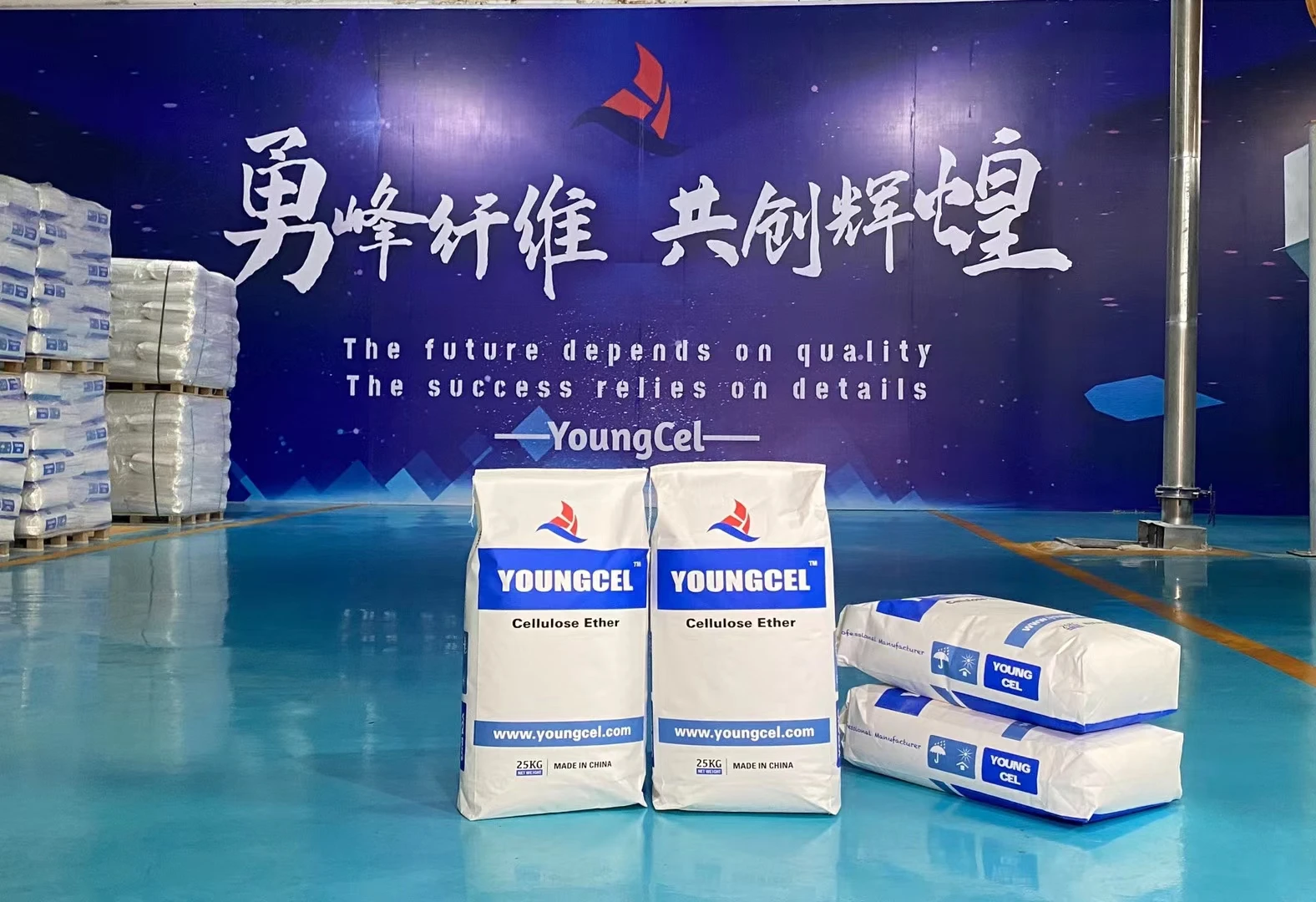Understanding Cellulosic Ethers An Overview
Cellulosic ethers are a class of cellulose derivatives that have garnered significant attention in various industries due to their unique properties and versatile applications. Derived from natural cellulose, these compounds undergo chemical modification to introduce ether linkages, enhancing their solubility, stability, and functional characteristics. In this article, we will explore the composition, properties, and applications of cellulosic ethers, shedding light on why they are an essential material in numerous fields.
Composition and Types
Cellulosic ethers are created by reacting cellulose with reagents that produce ether linkages, typically involving an alkyl group. This process retains the inherent structure of cellulose while modifying its chemical properties. The most common types of cellulosic ethers include methylcellulose (MC), hydroxypropyl methylcellulose (HPMC), and carboxymethyl cellulose (CMC).
1. Methylcellulose (MC) This ether is formed by the methylation of cellulose, resulting in a compound that is soluble in cold water and forms a gel when heated. Its thickening and emulsifying properties make it a popular ingredient in food products and cosmetic formulations.
2. Hydroxypropyl Methylcellulose (HPMC) This compound combines both hydroxypropyl and methyl groups, providing improved solubility and viscosity properties. HPMC is commonly used in the pharmaceutical industry as a binder, film-former, and controlled-release agent.
3. Carboxymethyl Cellulose (CMC) This is produced by introducing carboxymethyl groups into the cellulose chain, resulting in a highly soluble product. CMC is widely used as a thickening agent in food, ceramics, and personal care products due to its excellent water-holding capacity.
Properties
Cellulosic ethers exhibit several desirable properties that make them suitable for various applications
- Water Solubility Depending on the degree of substitution, cellulosic ethers can be soluble in water or create gel-like substances, making them useful in a wide range of formulations.
- Viscosity They can provide significant viscosity increases to solutions, contributing to texture and stability in food and cosmetics.
cellulos ether

- Film-Forming Ability These ethers can create films when applied to surfaces, providing protective barriers and controlled release in pharmaceutical applications.
- Biocompatibility Since they are derived from natural cellulose, cellulosic ethers are generally regarded as safe and biocompatible, making them suitable for use in food and pharmaceutical products.
Applications
The versatility of cellulosic ethers has led to their adoption across various industries, including
- Food Industry In food processing, cellulosic ethers are used as thickening agents, stabilizers, and emulsifiers. They help improve the texture of food products, enhance mouthfeel, and prevent ingredient separation.
- Pharmaceuticals In the pharmaceutical sector, cellulosic ethers serve multiple roles. They are utilized as excipients to control the release rate of drugs, as well as binders in tablet formulations, ensuring uniformity and stability.
- Cosmetics and Personal Care Their film-forming and thickening properties make cellulosic ethers essential ingredients in lotions, creams, and other cosmetic products. They improve product texture and sensory experience, enhancing user satisfaction.
- Construction and Paints Cellulosic ethers are employed in construction materials and paints, where they improve workability and reduce water loss during application. They also enhance the stability of emulsions in paints.
Conclusion
Cellulosic ethers represent a fascinating intersection of natural materials and chemical innovation, providing essential functionalities across a wide array of applications. Their versatility, coupled with their biocompatibility and favorable properties, ensures that they will continue to be a valuable resource in industries ranging from food and pharmaceuticals to cosmetics and construction. Understanding the composition, properties, and applications of cellulosic ethers enriches our appreciation of their role in modern products, paving the way for future developments and innovations.
-
The Application and Significance of Construction RdpNewsMay.19,2025
-
Industrial Grade HpmcNewsMay.19,2025
-
Building Coating Adhesive Building Coating Adhesive HpmcNewsMay.19,2025
-
Application Of Hpmc For Detergent For Detergent In DetergentsNewsMay.19,2025
-
Application Of Hpmc Cellulose In Cement-Based MaterialsNewsMay.19,2025
-
Application Of High Quality Hpmc For Construction In The Field Of ConstructionNewsMay.19,2025




